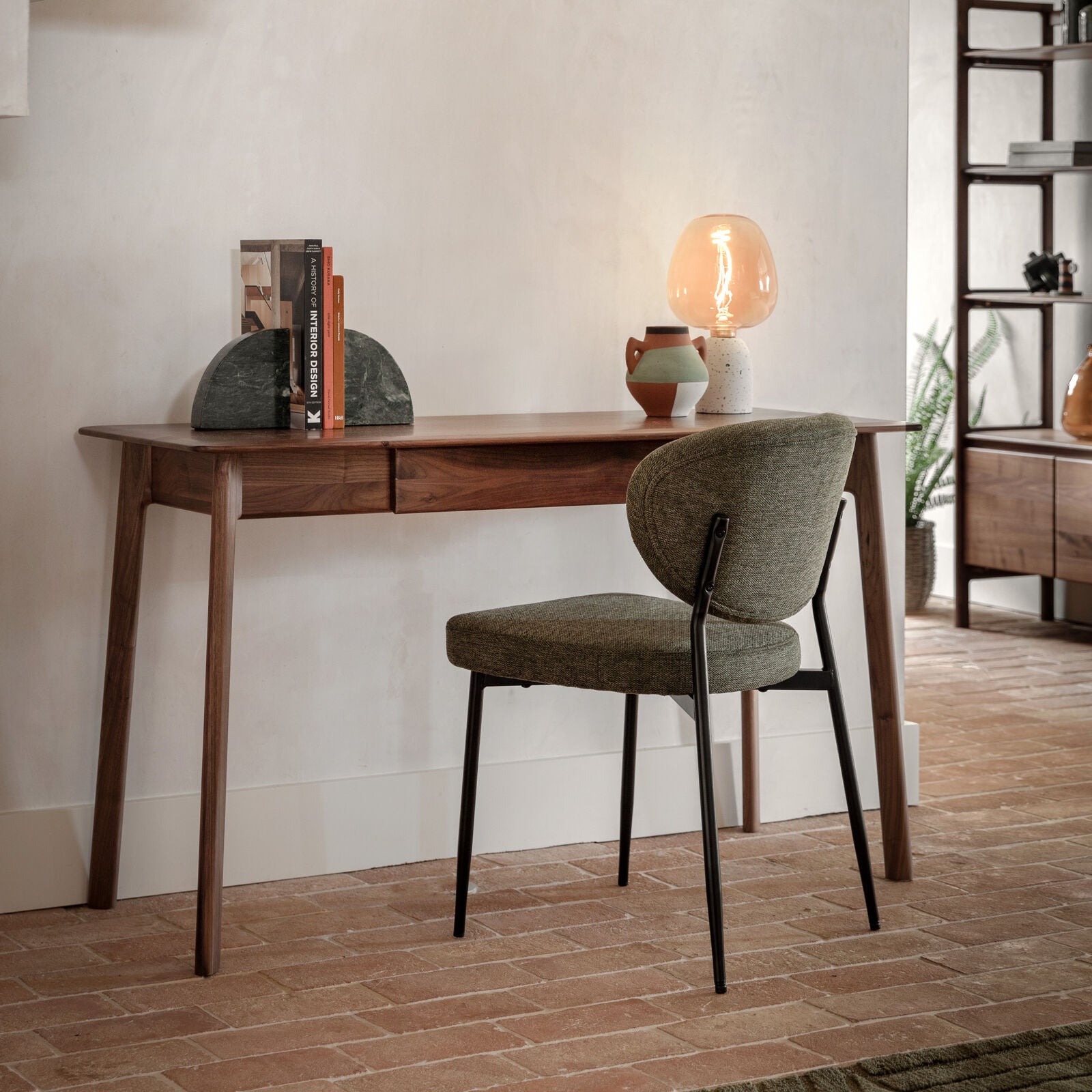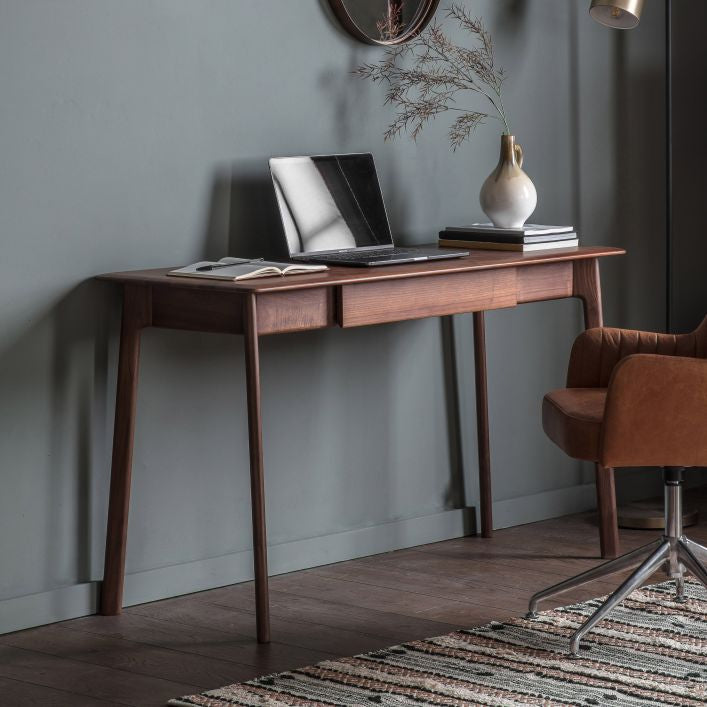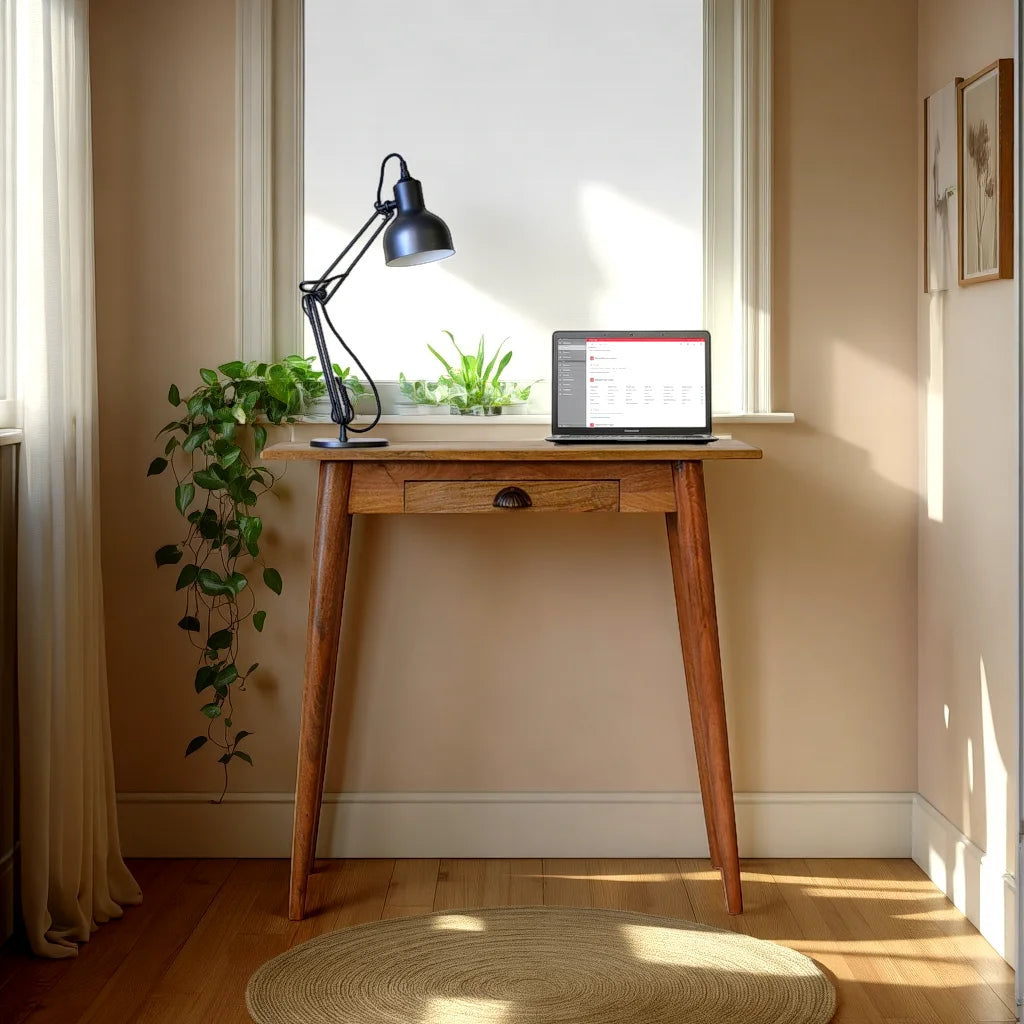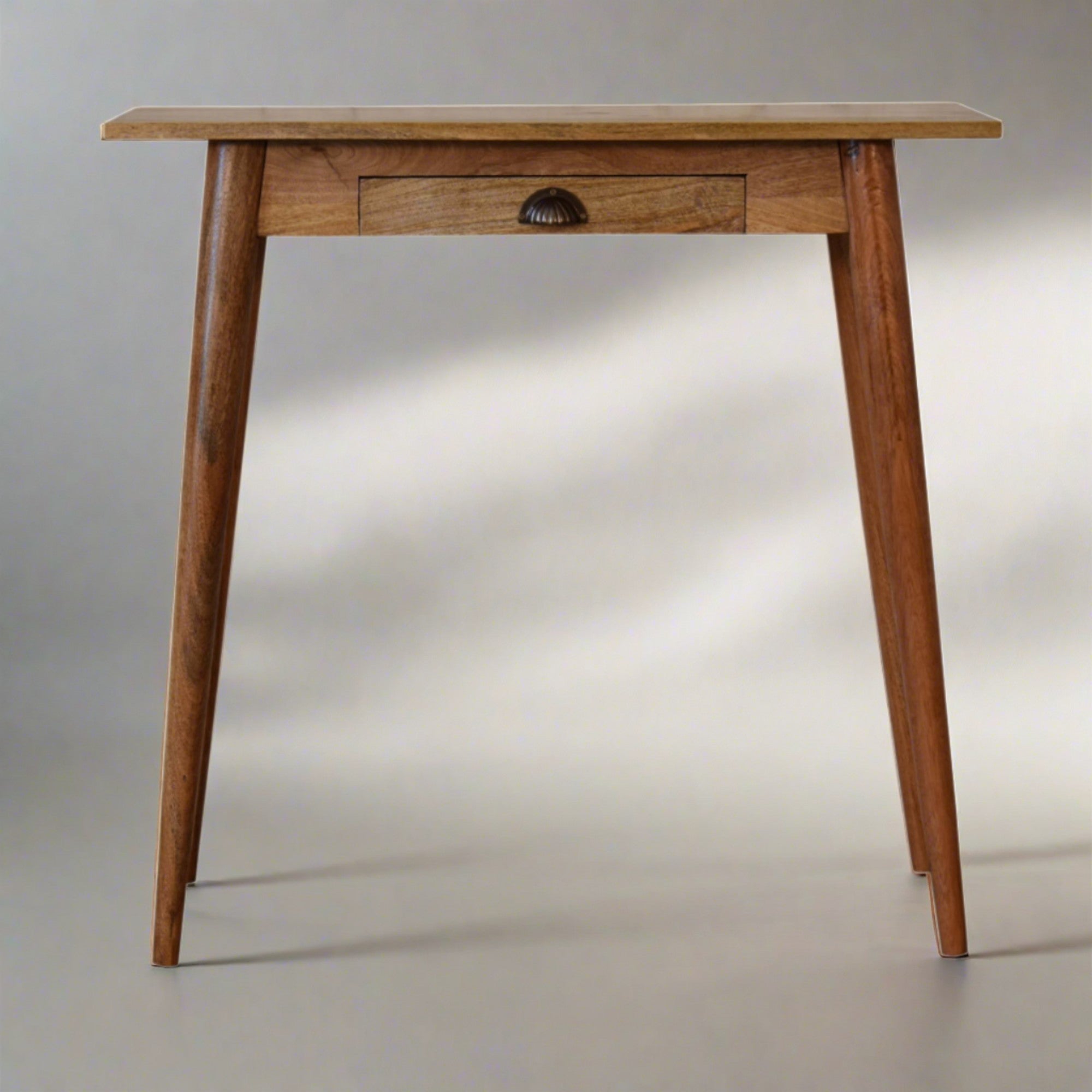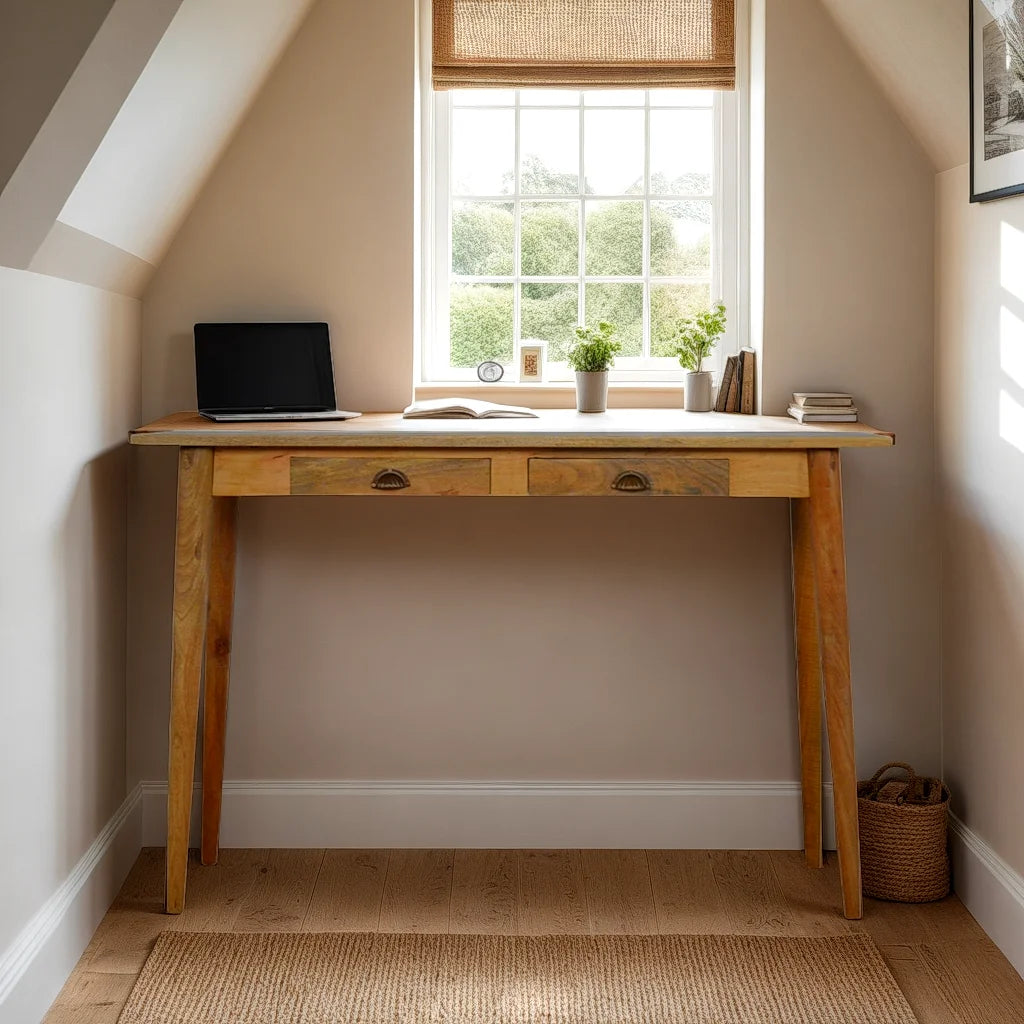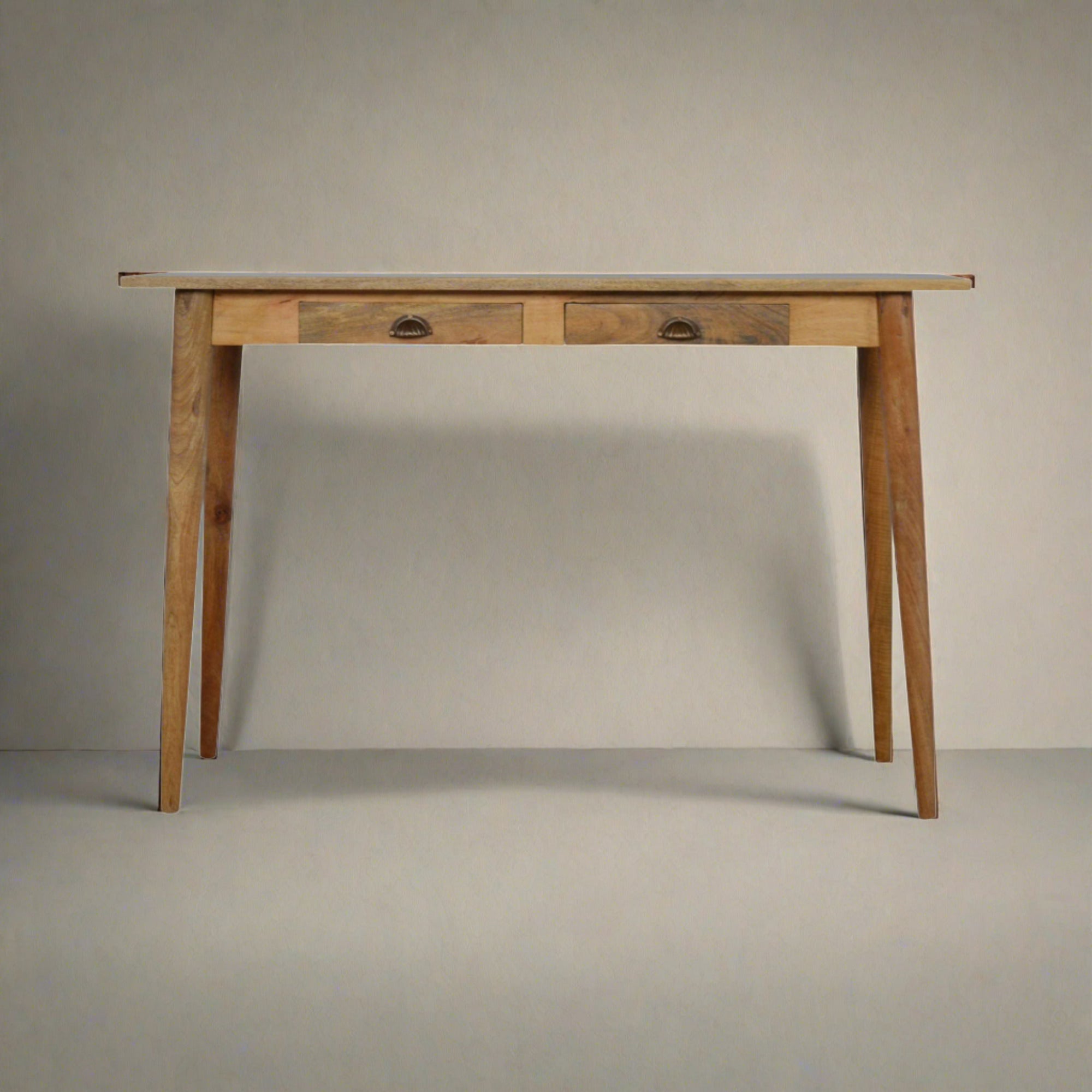Great product, well made and heavy which makes it feel good quality
Lovely table and very fast delivery. Very pleased
I’m really happy with the chest of drawers — it looks great and is very functional. The assembly was straightforward and easy, thanks to the clear instructions and well-organized parts. Also, the team was fantastic — professional, helpful, and efficient. Great experience overall!
A nice sturdy little piece, well made and very good value. Delivered very quickly too! Would thoroughly recommend 😁












